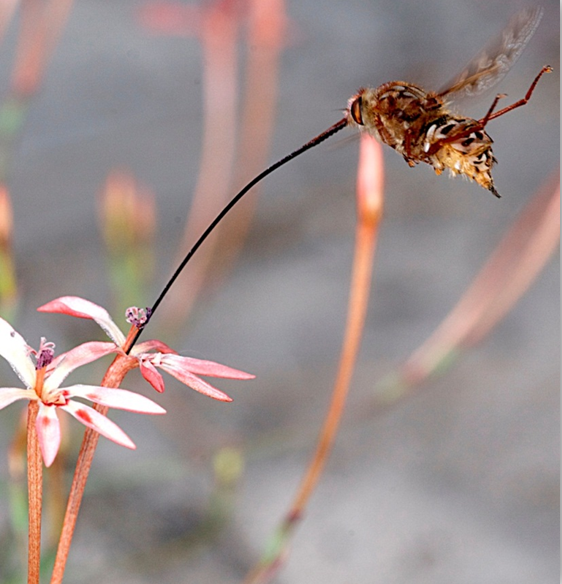Long-tongued pollinators shed light on coevolutionary dynamics
Plants and pollinators have co-evolved physical characteristics that make them more likely to interact successfully. For example, long-proboscid flies, whose tongues are twice the length of their bodies, are able to reach the nectar resources stored deep inside flowers with long straw-like stems. In turn, this interaction is beneficial to the plant because while accessing the nectar, these specialised pollinators pick up pollen and move it to other flowers of the same species.
Comments Off on Long-tongued pollinators shed light on coevolutionary dynamics
26 February 2013

